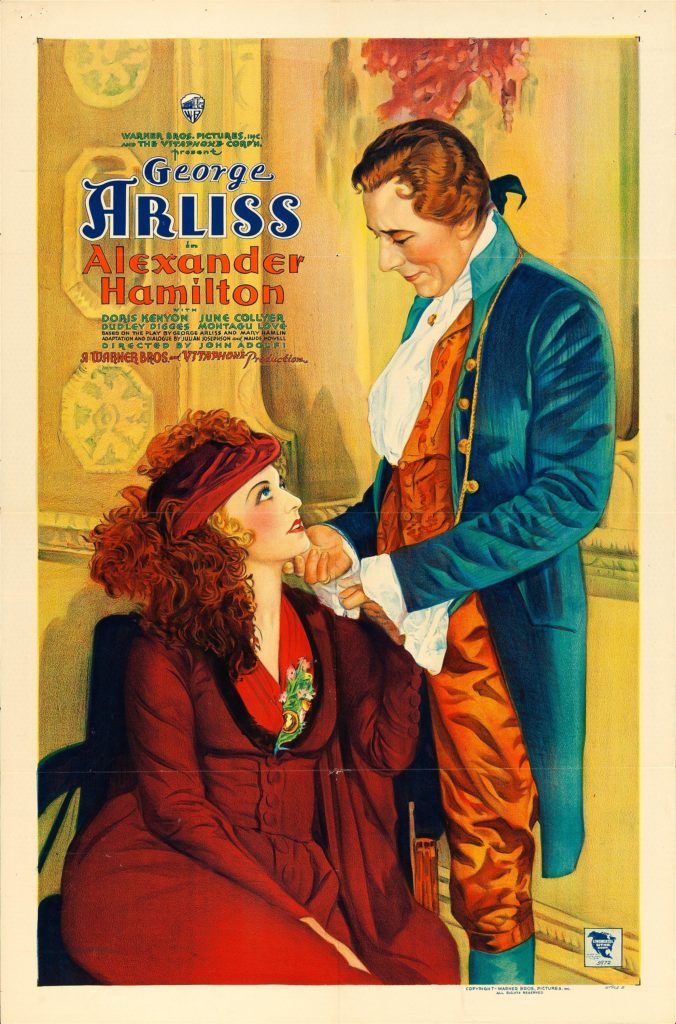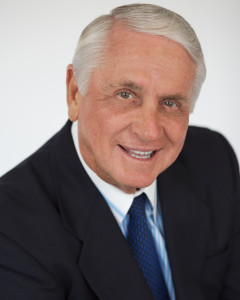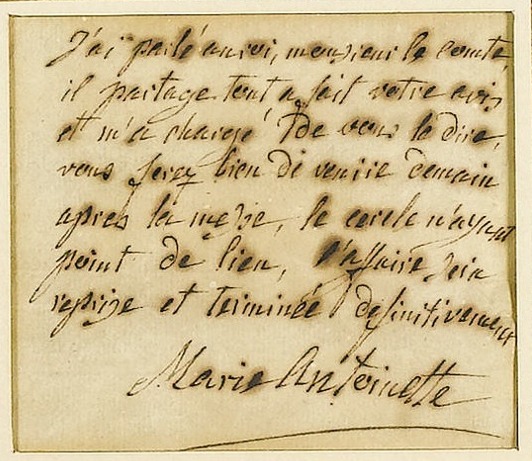
By Jim O’Neal
Alexander Hamilton was born in the West Indies, arriving in America in 1772 to pursue an education. Aaron Burr was born in 1756 in Newark, N.J. When they met for their famous duel, Hamilton was a former Revolutionary War General and had been the first Secretary of the Treasury. Burr was a respected soldier, former U.S. Senator and the vice president of the United States.
Their duel is still controversial and somewhat puzzling. Why would two prominent Americans end up early one morning in a situation where one would be killed and the political career of the other effectively ended?
Burr has steadily become one of the great villains of American history. But before the duel, he was an impressive man. Contemporary reports asserted he was open and kind, and wrote letters to his servants, solicitous about their welfare. He had fought to eliminate slavery throughout the country and is credited with helping end the practice in New York in 1799.
Before the contentious election of 1800, Burr and Hamilton were friends who enjoyed dining together and their two daughters were also friendly. Yet the two men, among the most prominent lawyers in New York and the entire country, found themselves enmeshed in the code duello, a system of honor no better than current street rules for gangs in Chicago or Los Angeles.
It had started in February 1804 at a political dinner when Hamilton had supposedly called Burr a “dangerous man” unfit to lead. A doctor, Charles Cooper, leaked the comments to an Albany newspaper, which printed them. When Burr confronted Hamilton, Burr was told to ask Dr. Cooper, and then several more letters were exchanged, each one slightly more hostile than the previous.
Eventually, Burr challenged Hamilton to the duel in June 1804 and they agreed to meet in Weehawken, N.J., the exact spot Hamilton’s son had been killed in a duel three years earlier. The time was to be 7 to 7:30 a.m. on July 11 and both men were using modified pistols of over .50 caliber, more lethal than World War II heavy .50 caliber machineguns.
These guns were designed for killing, not dueling!
Hamilton was hit in the lower right side, fell, was carried to a boat waiting in the Hudson River and taken back to a friend’s house in New York. He died 36 hours later and his funeral was very impressive – a procession of his coffin on a carriage and his general’s uniform proudly on top. It was a memorable date, July 14, Bastille Day, and the 15th anniversary of the French Revolution.
Burr was indicted for murder, but never tried. In 1805, President Thomas Jefferson dropped him from the presidential ticket and Burr’s career careened into a deep spiral, his honor tarnished forever.
The infamous code duello had claimed two more victims.
 Intelligent Collector blogger JIM O’NEAL is an avid collector and history buff. He is President and CEO of Frito-Lay International [retired] and earlier served as Chairman and CEO of PepsiCo Restaurants International [KFC Pizza Hut and Taco Bell].
Intelligent Collector blogger JIM O’NEAL is an avid collector and history buff. He is President and CEO of Frito-Lay International [retired] and earlier served as Chairman and CEO of PepsiCo Restaurants International [KFC Pizza Hut and Taco Bell].


